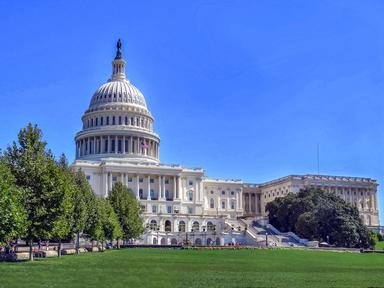Quiz Answer Key and Fun Facts
1. When was the first United States census taken?
2. In 1810, Congress ordered census takers to tally what for the first time?
3. In the 1830 census, what were census-takers given for the first time to help them in their duties?
4. In 1840, the census grew to over 70 questions; which of these was NOT one of the household inhabitants tallied?
5. 1880 was the first year that asked what in its census?
6. The 1920 census showed that, for the first time, a majority of the population in the U.S was what?
7. In the 1950s, what/who did the census use to help count the population?
8. The 1960 census was the first one that did what?
9. In 1980, the census became politicized: states, local governments, and civil rights groups file lawsuits challenging the results, and in 1998 cities and states that lost funding due to the 1990 census report supported a lawsuit to use statistical sampling to adjust for under- and overcounts, with President Clinton's endorsement. How did the Supreme Court rule in this suit?
10. Which of these was NOT one of the first features of the census that occurred in 2010?
Source: Author
Billkozy
This quiz was reviewed by FunTrivia editor
trident before going online.
Any errors found in FunTrivia content are routinely corrected through our feedback system.
